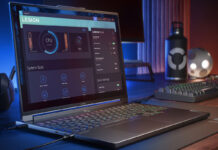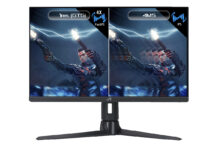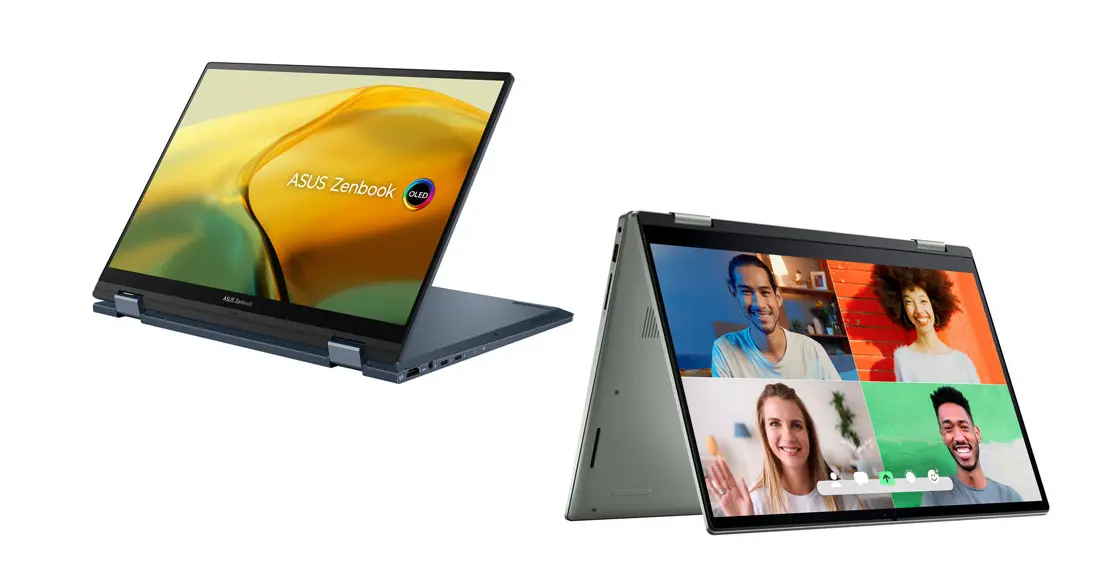
We all know that laptops have become the tool we all turn to for both work and leisure. We also know that Best Buy offers a wide range of laptop options. However, do you understand the differences between 2-in-1 laptops, regular laptops, and gaming laptops? Which one is best for your needs? In this article, let’s explore the characteristics of each type so you can find the right new laptop this year.
2-in-1 combines versatility and portability
2-in-1 laptops, also known as convertible or hybrid laptops, combine the functionality of a laptop and a tablet in a single device. These versatile machines offer a touchscreen display that can be flipped or detached, transforming the device into a tablet-like experience. They are ideal for users who require both productivity and portability.
2-in-1 laptops typically feature a touchscreen display with various sizes ranging from 10 to 15 inches. The touch functionality allows for easy navigation and interaction. They are generally lightweight and slim, making them highly portable and convenient for on-the-go use. 2-in-1 laptops are not primarily designed for gaming or graphics-intensive tasks. They often feature integrated graphics, which are suitable for casual gaming and multimedia consumption. You can find a range of processors in 2-in-1 laptops, including both Intel and AMD options. The memory capacity of 2-in-1 laptops varies, but most models offer sufficient memory for everyday tasks such as web browsing, document editing, and media playback.
Use cases for 2-in-1 laptops
- Portability: If you frequently travel or need a device for use on the go, a 2-in-1 laptop is a great choice due to its compact size and lightweight design.
- Productivity: The touchscreen capability makes it easy to take notes, draw, or annotate documents, making 2-in-1 laptops suitable for students, creative professionals, or anyone who values versatility.
- Entertainment: rotate the screen to tent mode and the display is ready for a shared movie experience anywhere you go.
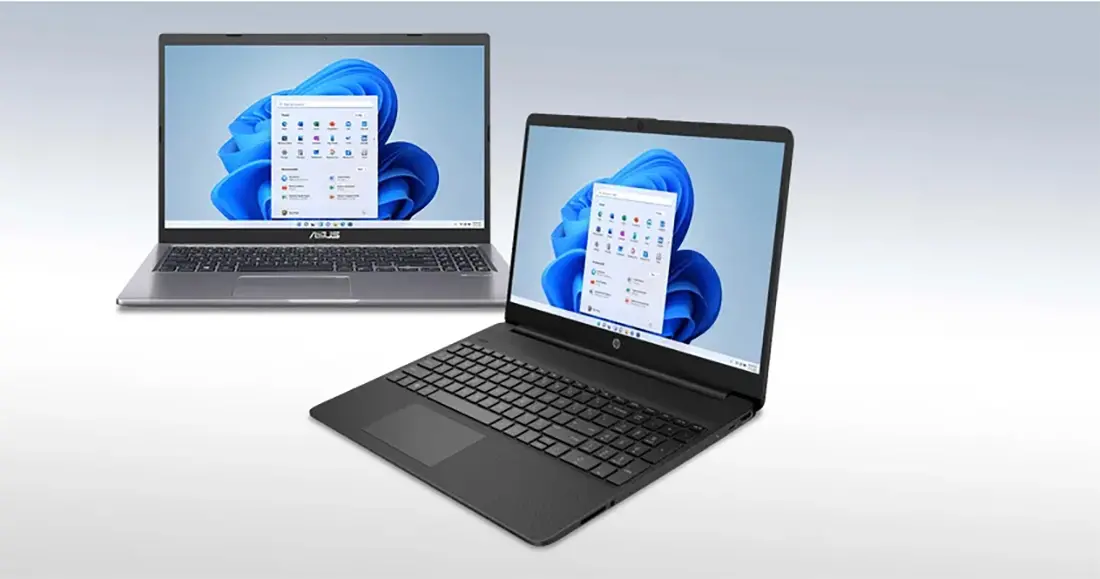
Regular laptops balance performance and affordability
Regular laptops, also known as traditional laptops or notebooks, are designed to offer a balance between performance, portability, and affordability. They are the most common type of laptop available in the market. Most laptops you see in school and work environments are of this type.
Regular laptops typically offer a non-touch display with sizes ranging from 13 to 17 inches. The display quality varies across models, with options for Full HD or even higher resolutions. They come in various sizes and weights, ranging from thin and lightweight ultrabooks to larger and more powerful models. Regular laptops often feature integrated graphics or entry-level dedicated graphics cards, suitable for casual gaming and multimedia consumption. These laptops are available with a wide range of processors, including both Intel and AMD options. Regular laptops usually offer a decent amount of memory to handle everyday tasks and moderate multitasking.
Use cases for regular laptops
- Productivity: Regular laptops are perfect for productivity tasks like word processing, web browsing, video conferencing, and running business applications.
- Student Life: These laptops provide a balance between performance and portability, making them suitable for students who need to carry their laptops between classes.
- Casual Entertainment: Regular laptops can handle multimedia consumption, casual gaming, and streaming services with ease.
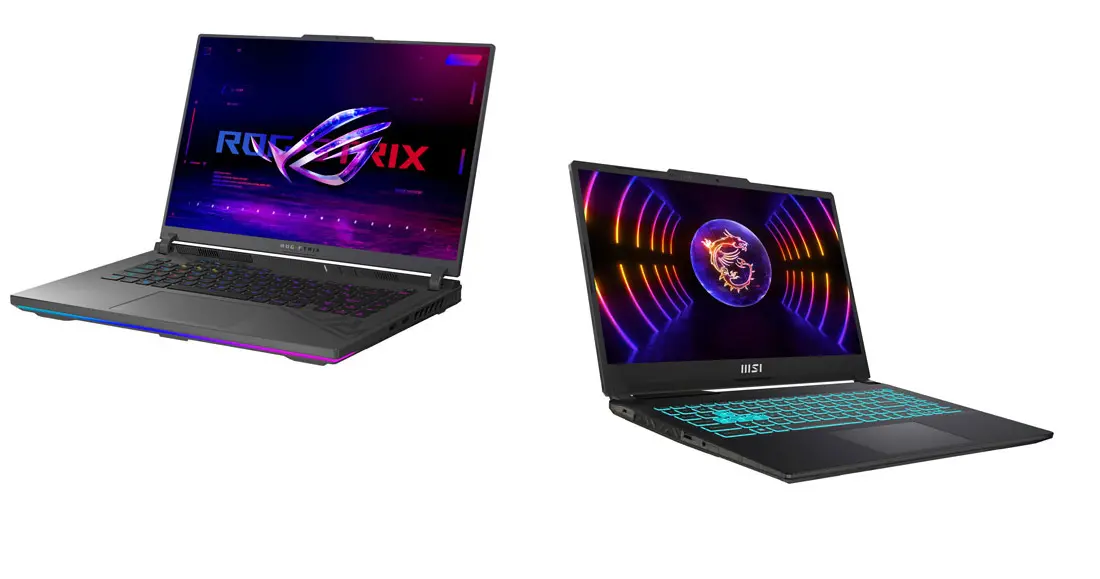
Gaming laptops will handle the most demanding applications
Gaming laptops are designed to deliver high-performance computing capabilities, enabling smooth gameplay, and handling demanding tasks like video editing. They cater especially to gamers who seek smooth, immersive experiences and require powerful hardware.
Gaming laptops often feature high-refresh-rate displays with excellent colour reproduction, ensuring a smooth and visually pleasing gaming experience. Sizes typically range from 15 to 17 inches, offering a balance between immersion and portability. Gaming laptops come equipped with dedicated graphics cards from manufacturers like NVIDIA and AMD. These powerful GPUs provide smooth rendering of graphics-intensive games and demanding applications. Gaming laptops feature high-performance processors, such as Intel Core i7 or i9, or AMD Ryzen processors. These processors ensure smooth gameplay and handle resource-intensive tasks efficiently. You’ll also typically find ample RAM, ranging from 16GB to 32GB or more, to support multitasking and seamless gaming experiences.
Use cases for high performance gaming laptops
- Gaming: As the name suggests, gaming laptops are specifically designed to provide an immersive gaming experience. They can handle the latest games and graphics-intensive tasks without compromising performance.
- Content Creation: Gaming laptops are also suitable for content creators who work with video editing, 3D rendering, and other resource-intensive tasks. The powerful hardware allows for faster rendering and smoother workflow.
- Virtual Reality (VR): If you’re interested in VR gaming or content creation, gaming laptops offer the necessary horsepower to support VR headsets and ensure a seamless virtual reality experience.
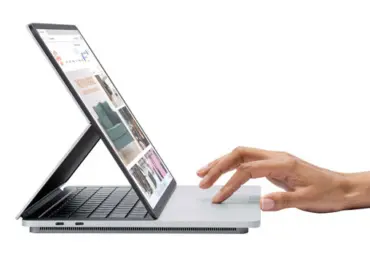
Choosing the right laptop depends on your specific needs and use cases. 2-in-1 laptops are versatile and offer portability, making them ideal for users who value flexibility and productivity on the go. Regular laptops strike a balance between performance and portability, catering to a wide range of tasks from productivity to casual entertainment. Gaming laptops, on the other hand, are tailored for gamers and content creators who require top-notch performance and immersive experiences.
By considering factors such as display, size, graphics cards, processors, and memory, you can make an informed decision about which laptop type best suits your requirements. Best Buy offers a diverse selection of laptops, ensuring you’ll find the perfect fit for your needs, preferences, and budget. Happy laptop hunting!
This article was drafted using AI technology and then reviewed, fact-checked, and revised by a member of our editorial team.


